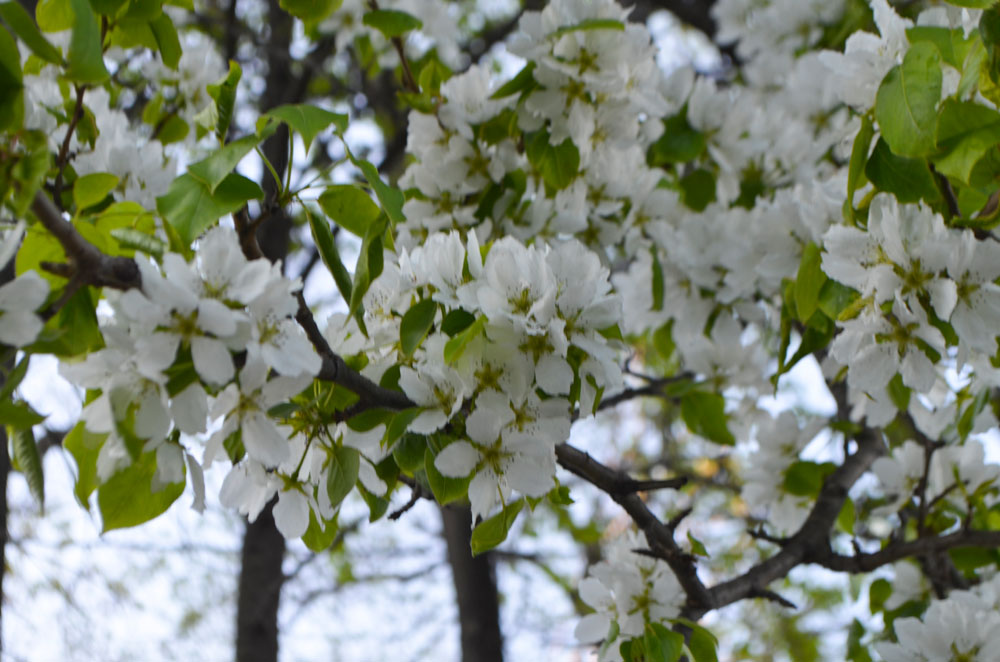Description
Castanea – Chestnut – Chinquapin –
There are about 12 species of deciduous trees and large shrubs, in this genus. They occur in cool climates in Southern Europe, Asia, Northern Africa and North America. They have alternate, elliptic or val, feather like arrangement of veins, and toothed leaves, and, in early summer, bear small, strongly scented cream flowers in showy catkins. Chestnuts are grown for their bold foliage and prickly, burr like husked, sometimes edible nuts, 3/4-2 ½” across. Grow then as specimen trees in woodland gardens. Several species are of economic importance, being grown for their sweet tasting edible nuts, which are also attractive to wildlife.
Grow in deep, well drained, slightly acidic, loam soil in sun or partial shade, most species tolerate dry, sandy soils.
Prone to chestnut blight, dieback, stem canker, heart rot, powdery mildew, anthranose, eye spot, and leaf scorch.
C. mollissima – Chinese Chestnut – This vigorous, spreading tree from Central and Eastern China and Korea grows 40-70′ feet tall and wide. It has spirally furrowed bark when old. It produces short stalked, oblong to oval, coarsely toothed, glossy, mid green leaves, to 8″ long, often softly white downy beneath. Grown for its edible fruit, borne in autumn. Resistant to Chestnut Blight.
Zones 4-8





